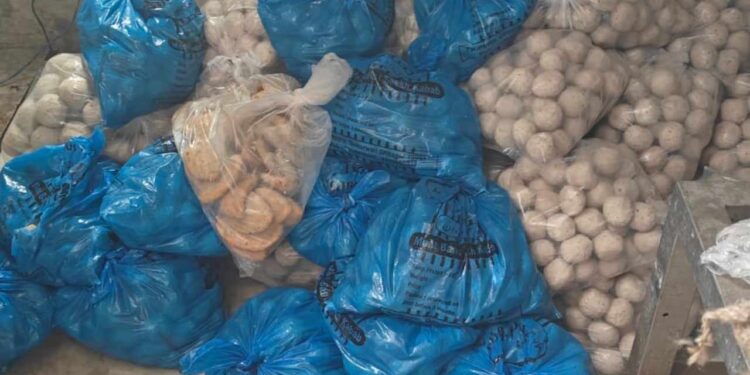The seizure of tonnes of adulterated, rotten meat across Kashmir is not just a food scandal — it’s a mirror reflecting the decay in our food safety system. And the image is ugly.
Rotten meat doesn’t appear overnight. It moves through slaughterhouses, storage facilities, and transport trucks. It passes countless checkpoints where officials should be watching. Yet somehow, it still makes its way to our plates.
This isn’t a story of “quick action” or “timely raids” — it’s a story of alleged official negligence. Our food safety officers are either overwhelmed or under-resourced. Whatever the reason, the result is the same: public health is being gambled away for negligence, laziness, or someone’s profit.
Now, in a twist of irony, food officials are reportedly inviting journalists to cover their meat seizures, proudly displaying what they’ve caught — yet no one is asking the obvious question: What were you doing before this meat hit the market? These spectacles look less like public safety operations and more like PR damage control.
Big Payouts for Copy-Paste Pages, Pennies for Creators on @facebook
When experts warn that this meat — often laced with toxic chemicals to hide its decay — could be contributing to the Valley’s cancer crisis, the question isn’t whether we can afford better enforcement. The question is whether we can afford the cost of continuing like this.
We need year-round inspections, transparent cold-chain tracking, and strict hygiene enforcement. Anything less is complicity. Because when the system fails to protect our food, it’s not just the meat that’s rotten — it’s the system itself.
Meanwhile, Mirwaiz Umar Farooq condemned the rotten meat scandal as a grave betrayal, questioning where the authorities were while such large-scale malpractice went unchecked.
















